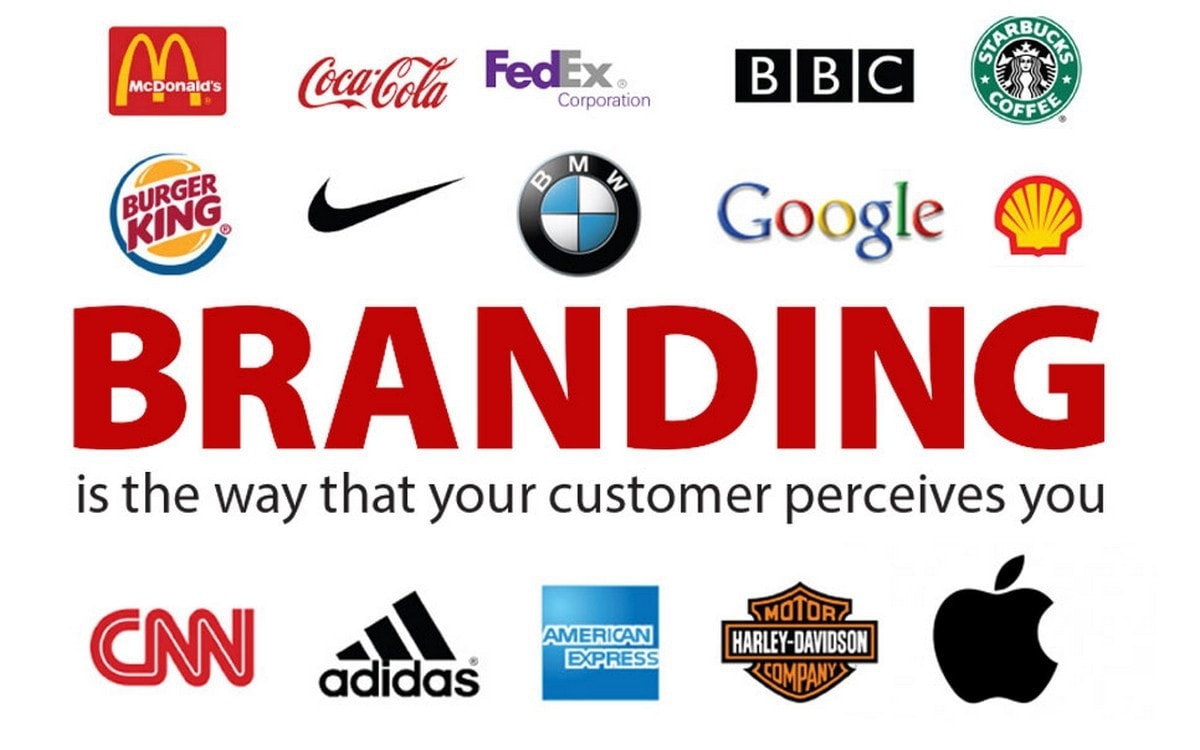
A Complete Guide to Successful Brand Positioning
A Complete Guide to Successful Brand Positioning
Written by Sujan Patel @sujanpatel
Follow Along With 10 Free Brand Positioning Statement Templates
Get Free Positioning Templates
What sets you apart from the competition? Successful companies like Coca-Cola and Band-Aid have one important thing in common: a strong brand. In fact, their brand names have become generic terms for all similar products in their niche. If you cut yourself, do you ask for a bandage or a Band-Aid?
A strong brand should be a priority for all businesses striving for success — and the proof is in the numbers. Brands that are consistently presented see an average revenue increase of 33%.
B2B companies with brands perceived as strong generate a higher EBIT margin than others. And if that isn't enough, successful branding yields benefits such as increased customer loyalty, an improved image, and a relatable identity.
Free Resource: 10 Positioning Statement Templates [Download Now]
There's only one surefire way to build a strong brand: brand positioning. Here's how to successfully position a brand in your market in 2020. In this article, we'll discuss how to successfully position a brand in your market by covering these topics:
- What is brand positioning?
- Why is brand positioning important?
- How to create a brand positioning strategy
- The brand positioning map
- Brand positioning examples
What is Brand Positioning?
Brand positioning is the process of positioning your brand in the mind of your customers. More than a tagline or a fancy logo, brand positioning is the strategy used to set your business apart from the rest.
According to The Branding Journal, effective brand positioning can be described as the extent to which a brand is perceived as favorable, different, and credible in consumers' minds.
Why is brand positioning important?
You have a reputation whether you cultivate it or not, so you might as well create a brand positioning plan that can help you take control of your reputation and brand image.
More than a century ago, a soda company decided to offer a never-before-seen product: the first ever cola drink. In doing so, it successfully positioned itself as the original. Now, Coca-Cola benefits from millions of sales around the world and is a household staple; it's positioned in our minds as the gold standard of soda.
Brand positioning allows a company to differentiate itself from competitors. This differentiation helps increase brand awareness, communicate value, and justify pricing, all of which impact the bottom line.
But not all brand positioning strategies are the same or have the same objective. Depending on your product, service, and industry, your positioning and verbiage will vary. Below, we go over a few common positioning strategies that can help you get started.
Types of Brand Positioning Strategies
- Customer Service Positioning Strategy
- Convenience-Based Positioning Strategy
- Price-Based Positioning Strategy
- Quality-Based Positioning Strategy
- Differentiation Strategy
When you’re deciding how to position your brand in the marketplace, you have myriad options to choose from. It will depend on what your competitors offer, but in all cases, you’ll tailor your strategy to highlight your product’s competitive advantage and indirectly or directly point out your competition’s shortcomings.
Below are a few popular positioning strategies that you can use to differentiate your brand in the market.
Customer Service Positioning Strategy
We’ve all selected a retailer, restaurant, or other service provider because of their customer service.
Companies highlight their prompt, friendly customer service to differentiate themselves in verticals that are known for inattentive support. Other companies highlight their strong support system if their product has a particularly complicated implementation phase.
The most tangible benefit of this strategy is that great customer service can and will justify a higher price point. Apple’s products, for example, come at a high premium, but their support staff is friendly and quick to respond. These service interactions also are an integral part of the flywheel — an initially unhappy customer may turn into a promoter if they have a great service experience.
Be diligent with this strategy: If you advertise your great customer service but don’t deliver, you’ll invite bad reviews, angry tirades over phone and email, callouts on social media, and even Better Business Bureau complaints. Be sure to equip your team with the right customer service software to deliver on your promise.
Convenience-Based Positioning Strategy
A convenience-based positioning strategy highlights why a company’s product or service is more convenient to use than the competition’s. This convenience can be based on location, ease-of-use, wide accessibility, multiple platform support, and more.
The convenience may also be because of the product’s design. For example, Swiffer® advertises its WetJet™ product as a convenient alternative to a traditional mop because of its disposable mopping pads.
Positioning your product or service as the most convenient will automatically attract busy consumers. It will also justify a higher price point. For example, a Swiffer WetJet is $26, whereas an O-Cedar mop is $10.
On the other hand, offering convenience can be costly. If you’re offering a service on multiple platforms or in various cities, you’ll need strong logistics and software development teams to deliver on your promise. Developers should always be at hand to resolve bugs and other issues for this positioning strategy to work.
The last item you’d need to check is whether your product is truly convenient. The WetJet mop, for example, could potentially be inconvenient because customers constantly have to go to the store to buy refills. If you sell a similar product, you’d want to offer automatic refill programs or subscriptions.
Price-Based Positioning Strategy
Companies use a price-based position strategy to present their products and services as the most affordable option. When you position your product as the cheapest in the market, you’ll undoubtedly generate a large customer base, because no one likes to spend more than they have to. Offering the lowest price is an easy way to entice prospects to convert.
The one limitation is that a lower price may convey lower production quality, even if that isn’t the case. It can also initiate a price war, though that will only apply in certain industries such as air travel.
Quality-Based Positioning Strategy
Companies implement this strategy when they’d like to emphasize the quality of their product. Often, this quality comes at a premium cost.
The quality of a product can be shown through exceptional craftsmanship, small-batch production, high quality materials, and even sustainable practices that make it more expensive to produce. The quality of a service can be shown through evidence of exceptional end results, high ROI, and glowing customer testimonials.
Budget-conscious shoppers may bypass your brand in favor of a cheaper alternative. But this is where buyer personas would come into play. The income and shopping habits of your target customers would determine whether emphasizing quality (with a higher premium) is the right approach for your brand.
Differentiation Strategy
A differentiation positioning strategy relies on a product’s uniqueness or innovative qualities in comparison to the traditional competition. Tesla is a great example — before the Tesla vehicles existed, there hadn’t been an attractive, fully electric vehicle (EV) available for purchase.
If you implement this strategy, consumers who value innovation would be attracted to your brand and product. The one potential limitation is that the public could be discouraged by the lack of history of use. If your product is completely new, consider providing the research and testing that went into its creation. Often, innovation-driven consumers like to know how the new technology or product works.
Other Positioning Strategies
These are not the only strategies out there. You can position your brand as the leader, the first of its kind (the original), or the most popular. You can also position your product as the solution to a pervasive problem.
Another approach is to directly compare your brand to your competitors. In this strategy, you’d directly call out your competition in your ad campaigns and highlight your product’s advantages over theirs.
When crafting your position, be sure to take a close look at your target buyers and their behaviors. Whether they prefer to save, spend money on quality, or have the latest and newest gadget will determine how you position your brand.
Now that you have an idea of the few approaches you can take, it’s time to create a positioning plan that establishes your brand as the friendliest, the most convenient, the cheapest, or simply the best choice compared to other brands.









